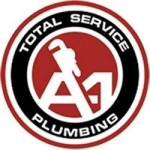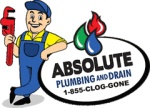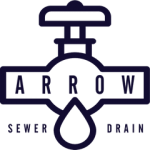Are you living in low-lying areas and encountering difficulties in transporting water?
Pumping stations may be exactly what you're looking for. This lift station regulates the pump pipes to produce more water during peak flow periods.
This article has everything you need to know about how it works and the maintenance tips you need to keep in mind.
What Is a Pumping Station?
A pumping station, otherwise known as a sewage pumping station, is a storage and collection that lifts water from one site to another without direct human effort.
A pumping station is made of a sizable tank called a "wet well," mainly serving as a sewer system for single or bulk collection on buildings.
What Does a Sewage Pumping Station Do?
Pump stations are used to work when the wet well fills to a predetermined level (a specific predetermined point) over time, determined by electrical instrumentation.
The wastewater infrastructure in the wet well is then raised to higher ground by a pump and pressurized pipe system known as the main sewer.
Also, additional pumps on the main sewer are needed to transport the extra wastewater during peak flow.
The Pros & Cons of a Sewage Pump Station
Now, let's look at the advantages and disadvantages of water pumps:
PROS
- Human contact is not needed because pumping stations are automatic
- Pump stations have installed alarm that notifies you when there are systemic issues
CONS
- Pumps are expensive
- Finding replacement parts for your pump system is challenging
What Are the Types of Sewage Pumping Stations?
There are two main types of pumping stations, and these are:
Adoptable Pumping Stations
The public land uses adoptable stations. It is a large-scale application that complies with the requirements of the Water Company, Sewers for Adoption, and Design Construction Guide.
Private Pumping Stations
Private stations are commonly used for removing wastewater from a privately run building, whether commercial or residential.
When Do You Need a Pump Station?
Pumping stations should NOT be used when waste and water can be transported easily.
With this, listed below are the instances in which a pumping station is badly needed:
- When the basement is TOO LOW to allow gravity-driven sewage and drainage flow
- When there is no gravity to induce the transportation of waste and water
Proper Maintenance of Sewage Pumping Stations
Your sewage pumping station system must be maintained appropriately once a week. This is to ensure that pumps work correctly in the absence of gravity.
Below are a few methods to maintain the power of your pumping station.
- Clean and prepare the pump
- Check the oil
- Inspect the pump impeller
- Tighten connecting elements
Frequently Asked Questions
Listed below are some common questions about pumping stations:
It usually takes 7 to 10 days for the sewage station to be successfully installed.
Yes, you can occasionally smell a strong odor if you live near a sewage station.
Conclusion
Pump stations play an integral role because it is the best alternative when gravity can't move the water from low-lying areas to high ground.
However, you should NOT resort to sewage stations if everything already works correctly. It should be your last resort because it can be expensive and difficult to maintain.
It's great to be listed on NoDig
-
Join a network of verified sewer repair specialists
-
Get recognized
-
Update your business information
Unlock your listing in minutes.






